[Tour] 3-Night, 4-Day Journey to Explore the Origins of the Kelp Road in Eastern Hokkaido
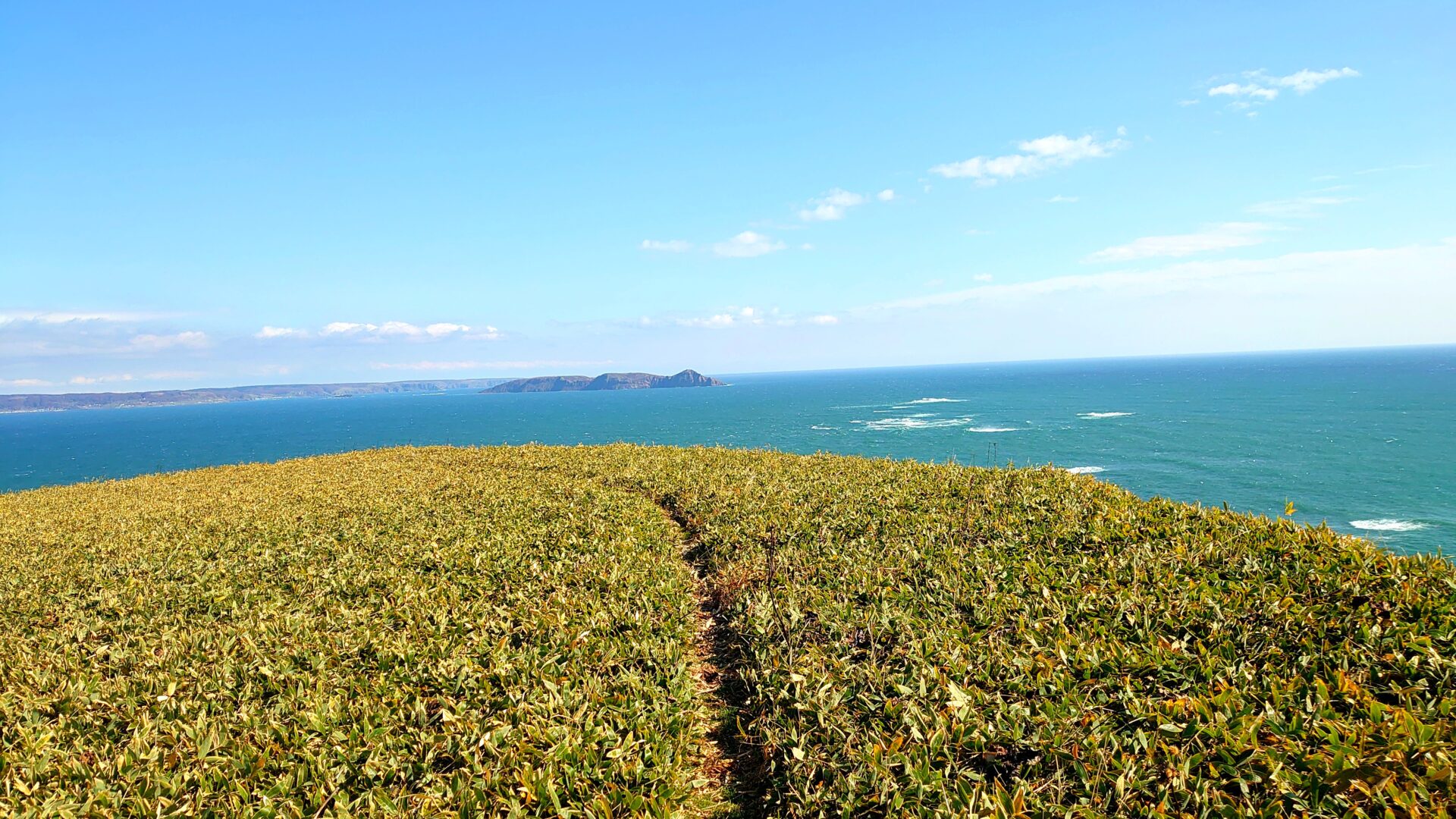
Plan overview
A journey tracing the roots of the “Kelp Road” from Kushiro Town and Teshikaga Town in eastern Hokkaido to East Asia.
This eco-tour, guided by a Chinese native residing in Hokkaido, aims to highlight the allure of eastern Hokkaido’s natural beauty and culinary delights. Starting in Abashiri, the tour visits Teshikaga and Kushiro, exploring the historical stories of northern shipping routes. With native Chinese commentary during bus rides and site visits, participants gain deeper insights into the region’s history, culture, and nature while fostering cross-cultural connections.
Click here for tour sales and travel agencies
The video of past tour
Time Table
Day1
This is the view from the Musium observation deck.
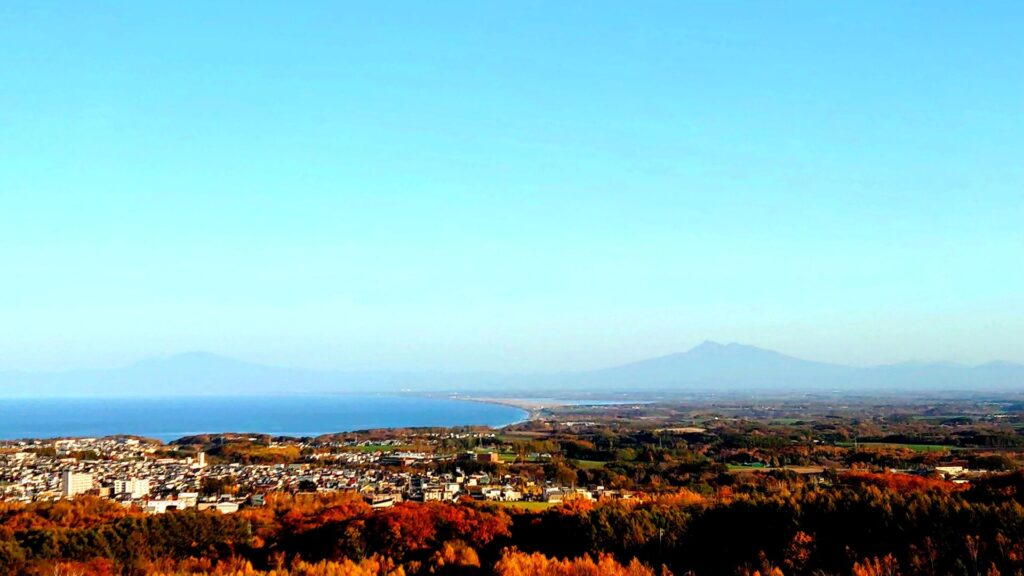
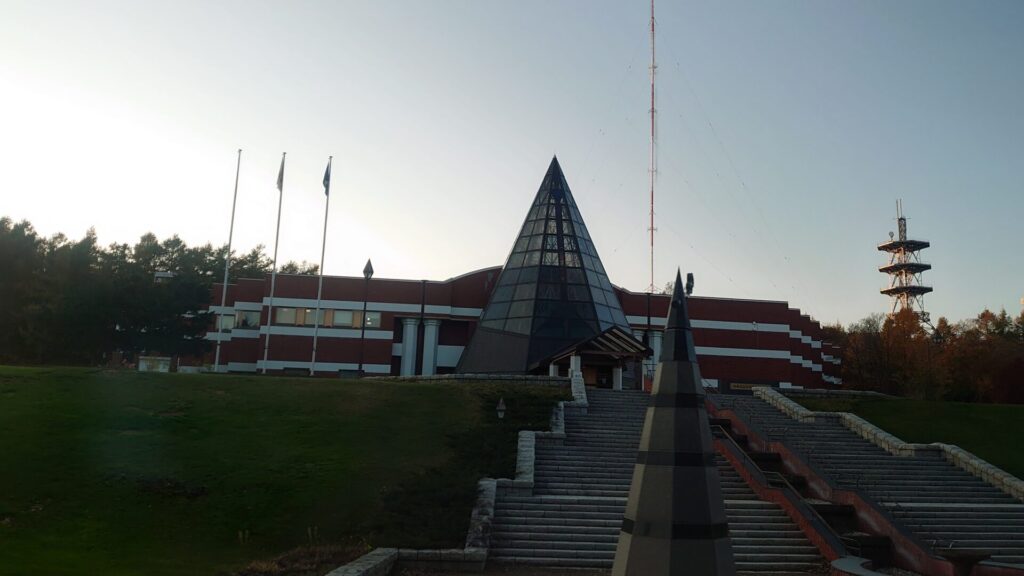
The permanent exhibition introduces the cultures of northern peoples and the prehistoric cultures that shaped them through concrete materials. It spans from the Inuit of Greenland in the east to the Sámi of Scandinavia in the west, organized by themes such as clothing, food, housing, livelihoods, spiritual culture, and cultural transmission.
Additionally, the exhibition highlights prehistoric cultures, focusing on the Okhotsk culture that once flourished along Hokkaido’s Sea of Okhotsk coastline.
BBQ fresh seafood and wagyu beef on the shores of Lake Abashiri, where you will be staying on the first day. You can also interact with local people at the venue.
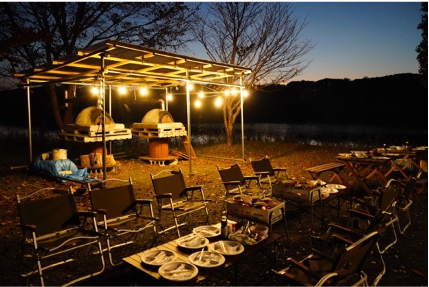
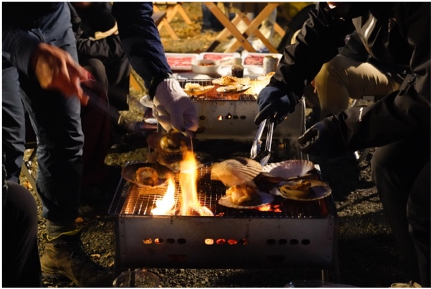
*) An additional charge of 6,600 yen/person will be charged.
Day2
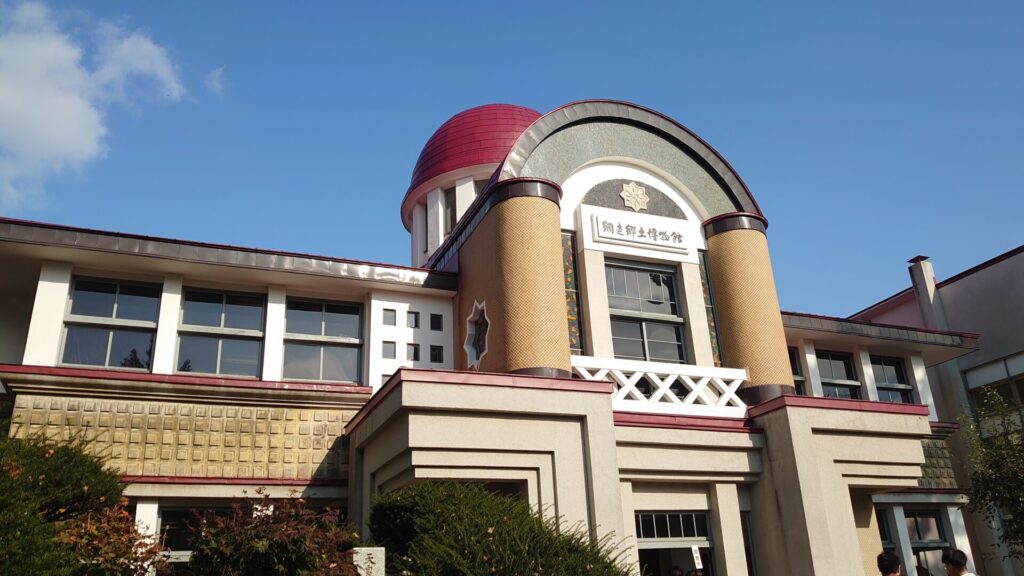
It is a “museum that tells the story of the local area” that exhibits items excavated from the Moyoro shell midden, which has a unique cultural form, local materials from the time the fishing grounds were established in the Edo period and the Bunka era, and other aspects of the nature and industry of the Abashiri region. This museum displays a variety of materials related to the Kitamaebune, including panels of votive tablets, ship utensils such as a chest of drawers, and management documents.
The tour includes visits to the Hokkaido Museum of Northern Folklore, the Moyoro Shell Midden Museum, and the Kussharo Kotan Ainu Museum, where you can learn about the history and culture of the area.
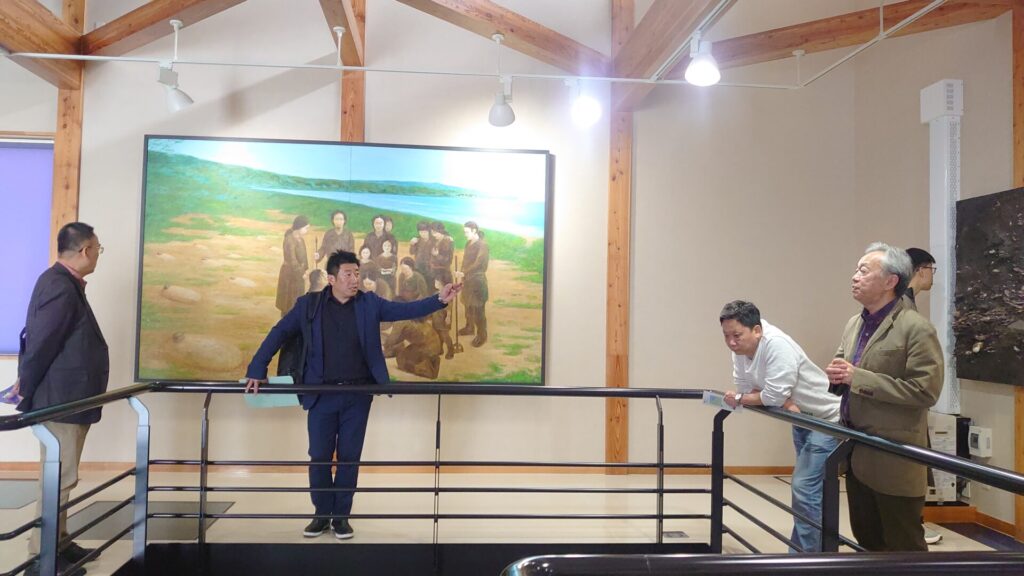

At the Moyoro Shell Mound Museum, the lives of ancient people revealed through excavation are presented under themes such as “dwellings,” “graves,” and “shell mounds.” The adjacent “Grave Display Room” offers a close-up view of excavated burial sites.
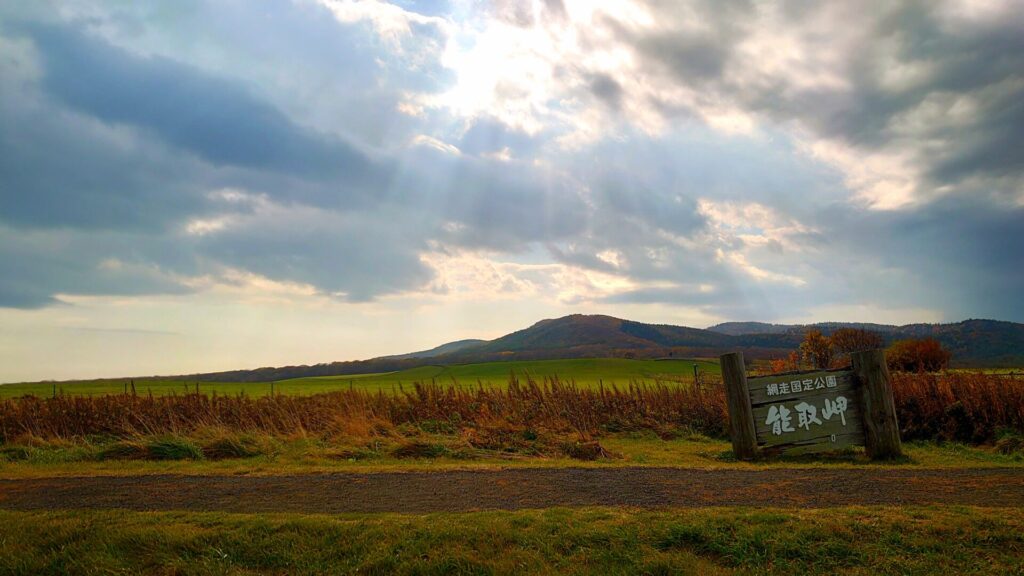
A cape jutting into the Sea of Okhotsk, its tip features only a lighthouse and an office. To the west, you can view Lake Notoro and the coast of Tokoro; to the north, the expansive Sea of Okhotsk; and to the east, the distant Shiretoko Mountain Range. In winter, it offers the earliest views of drifting ice in Abashiri City, with breathtaking scenery.
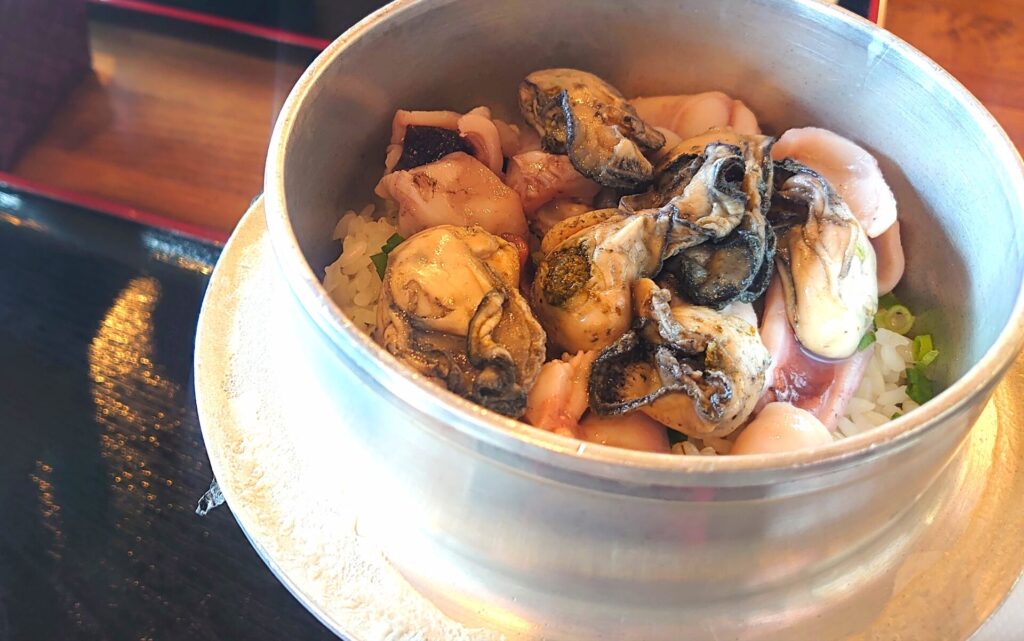
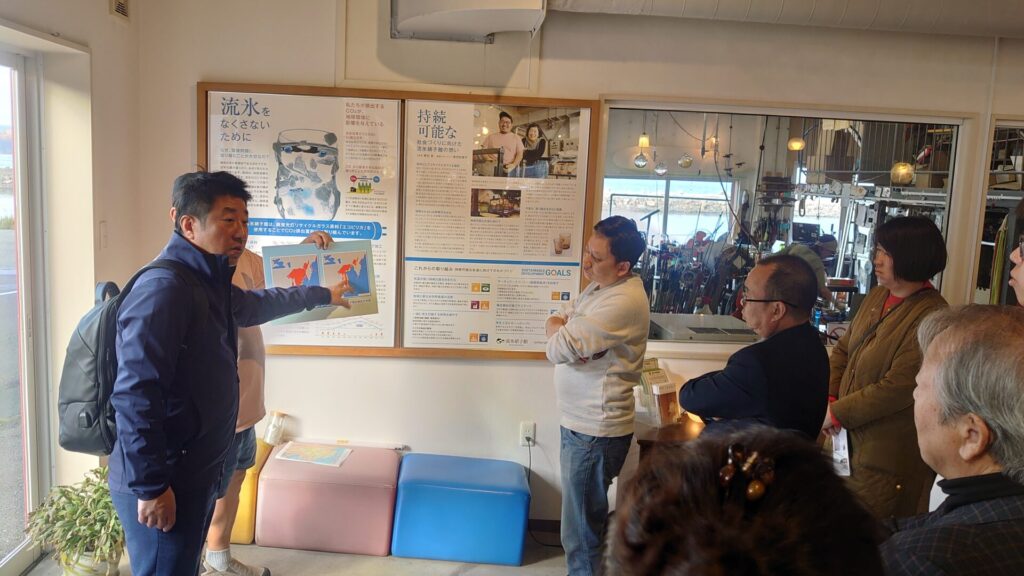
To preserve the drift ice in the Sea of Okhotsk and protect the irreplaceable environment of our planet, efforts are being made to combat global warming by creating and delivering “Drift Ice Glass.” Through this initiative, you can learn about these activities.
We hope that holding this glass product in your hands will serve as an opportunity to think about recycling and environmental issues.
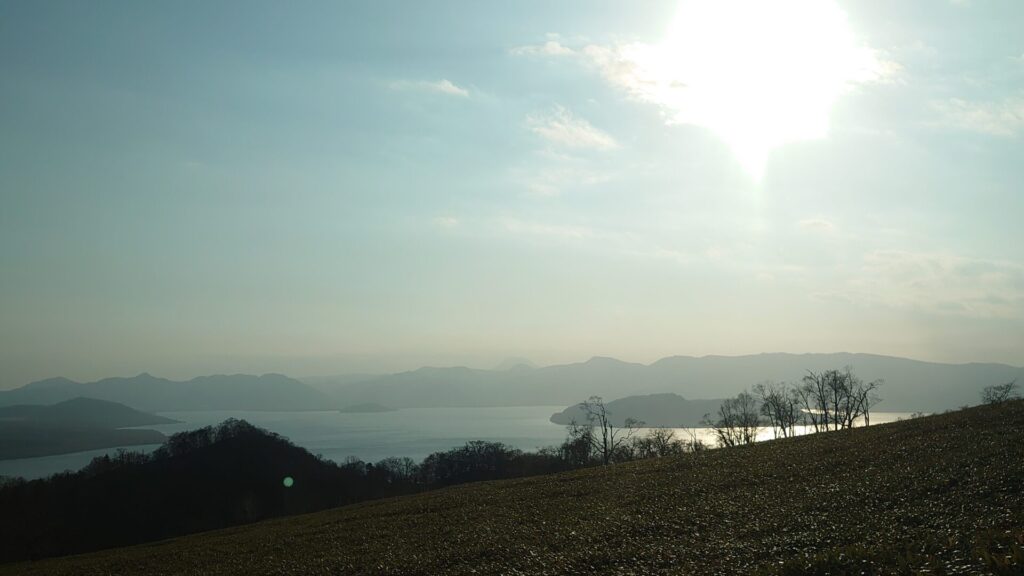

Kawayu Onsen Station Orchard Glass is a café located inside the station.
At Kawayu Onsen Station, you can also enjoy a relaxing footbath.
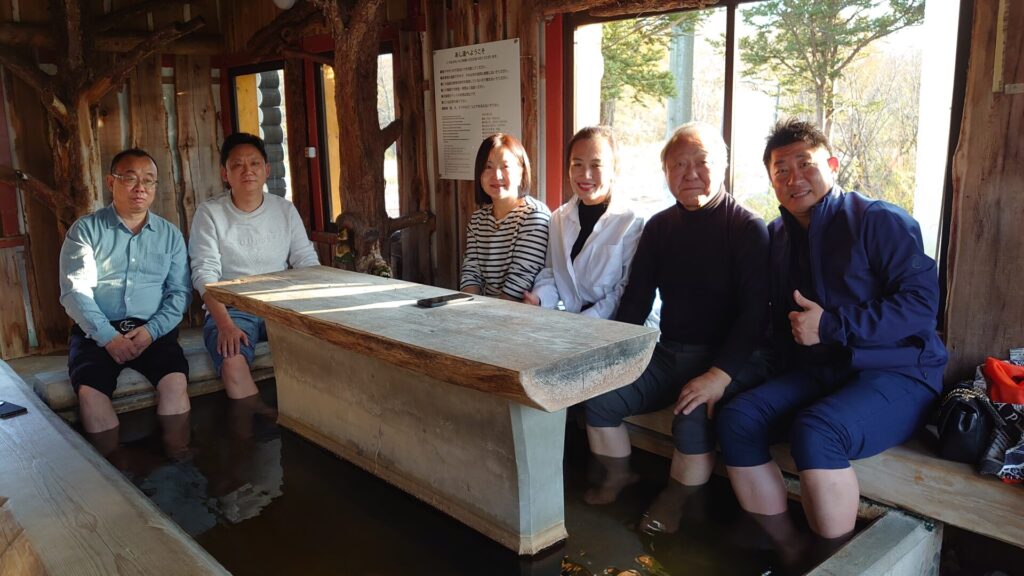

Mount Io (Atosanupuri), now famous as the source of Kawayu Onsen, was utilized as a sulfur mine from the early Meiji era to the 1950s. At the time, sulfur was a highly sought-after mineral used as a raw material for matches and gunpowder. Sulfur mining also took place nearby at Mount Meakan and Shiretoko Sulfur Mountain.
Day3
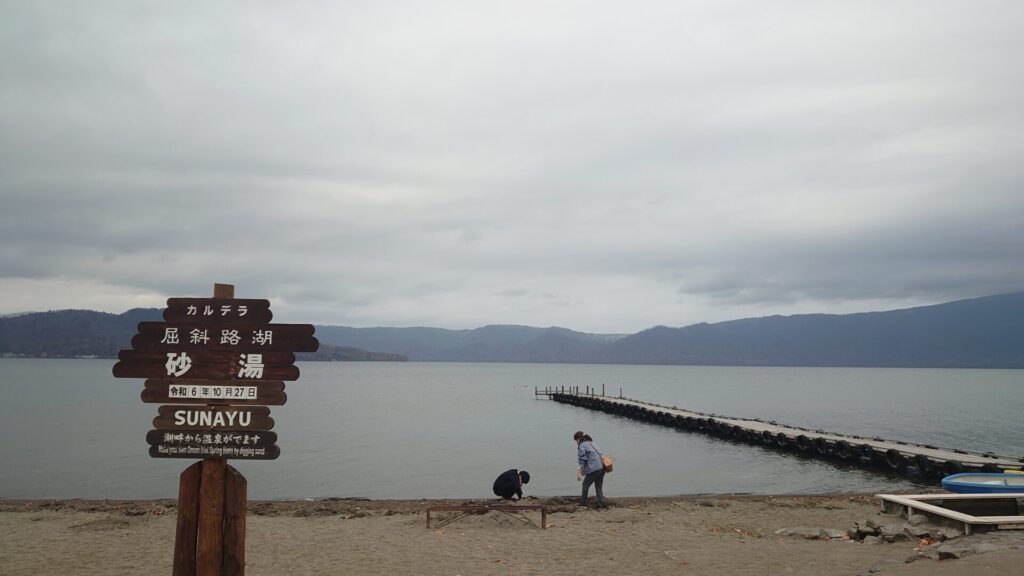
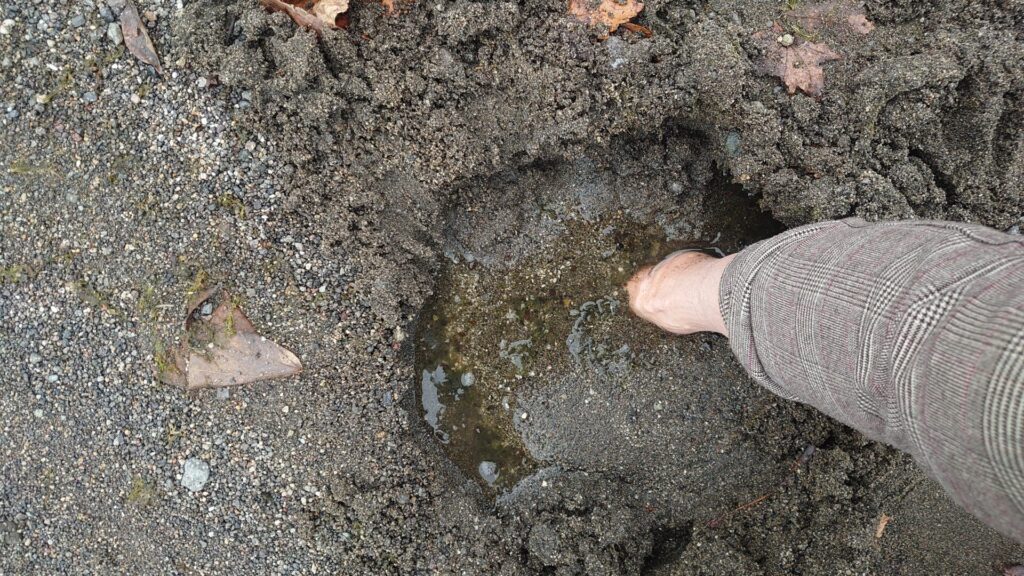
Dig into the sandy shore, and in no time, you’ll have your own open-air hot spring bath—this is the charm of Sunayu. It’s a lively spot that attracts visitors year-round.
Thanks to the warmth from the geothermal heat, this area never freezes, even during the harshest winters. In winter, the sight of large flocks of swans migrating from Siberia and resting here has become a signature scene of Sunayu.
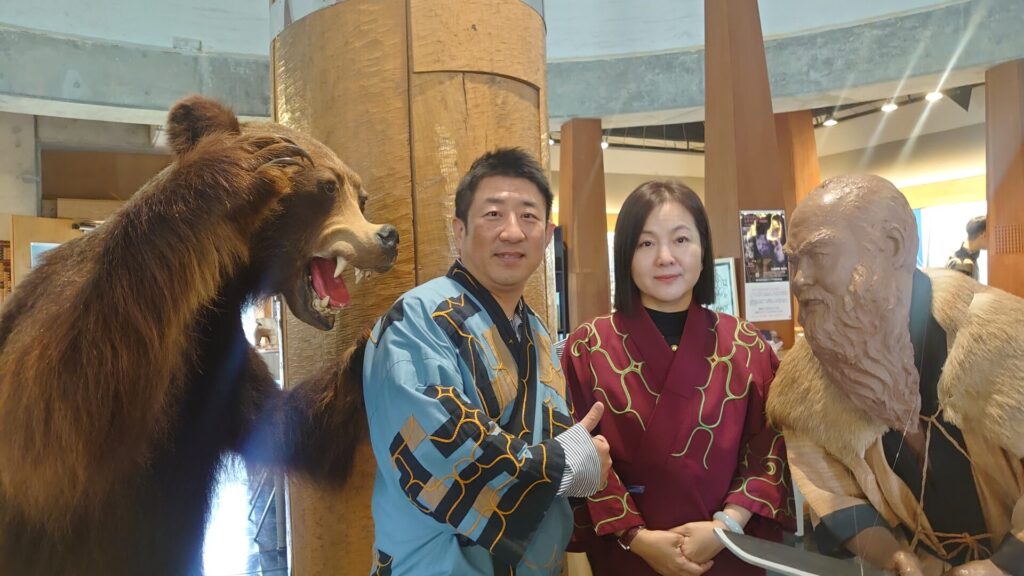
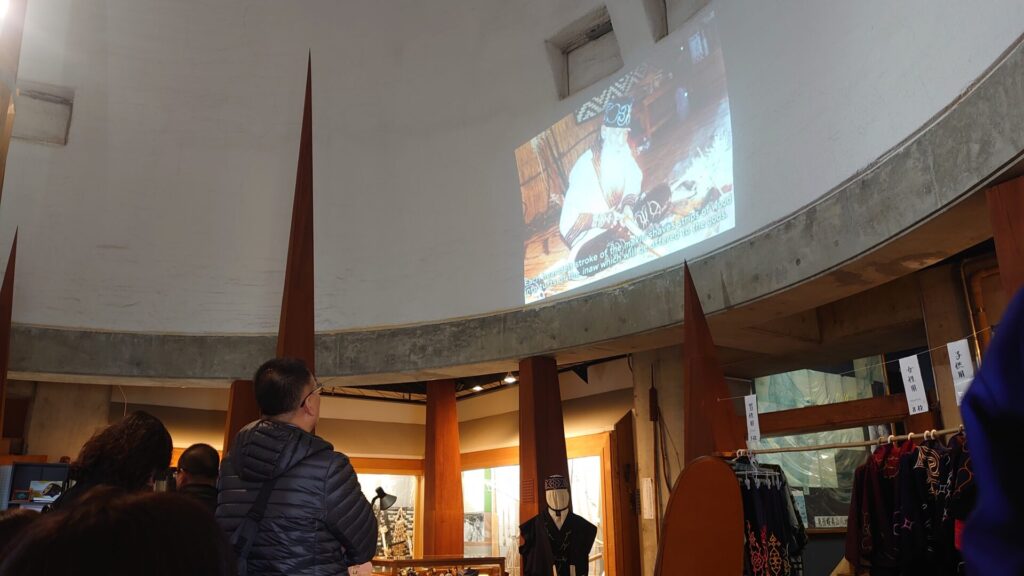
This facility preserves and shares the history and culture of the Ainu people. The exhibits are organized into five themes: “The Forest of Yukar,” “The Land of Kotan,” “Transitions of Kotan,” “Roaming the Fields and Mountains,” and “The People Who Support Kotan.” These themes bring to life the essence of Ainu living and culture, allowing visitors to hear the echoes of their traditions.
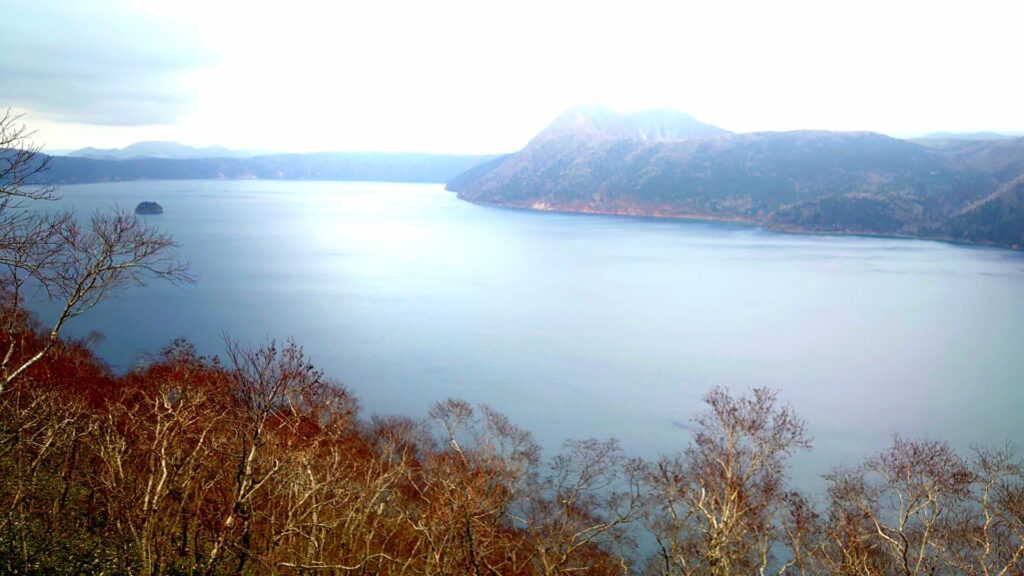
As you approach Lake Mashu from the Teshikaga Town side, the first stop is the Lake Mashu First Observation Deck. This is the most popular viewpoint for enjoying the stunning scenery of Lake Mashu. It also serves as the trailhead for climbing Mount Mashu. A rest house is available on-site, where visitors can view seasonal slideshows of Lake Mashu, adding to the experience.
At the Watanabe Experience Ranch, visitors can learn about cows and dairy farming through detailed explanations. You can also sample freshly milked cow’s milk from the ranch and take a tractor ride through a vast grassland area equivalent to 16 Tokyo Domes. Additional optional activities are available, so please check the itinerary for Day 3 for further details.
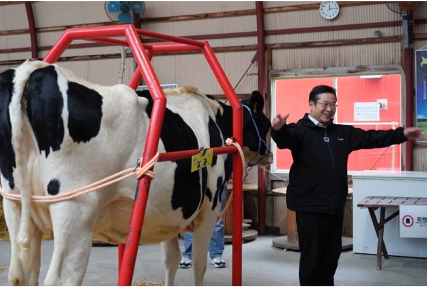
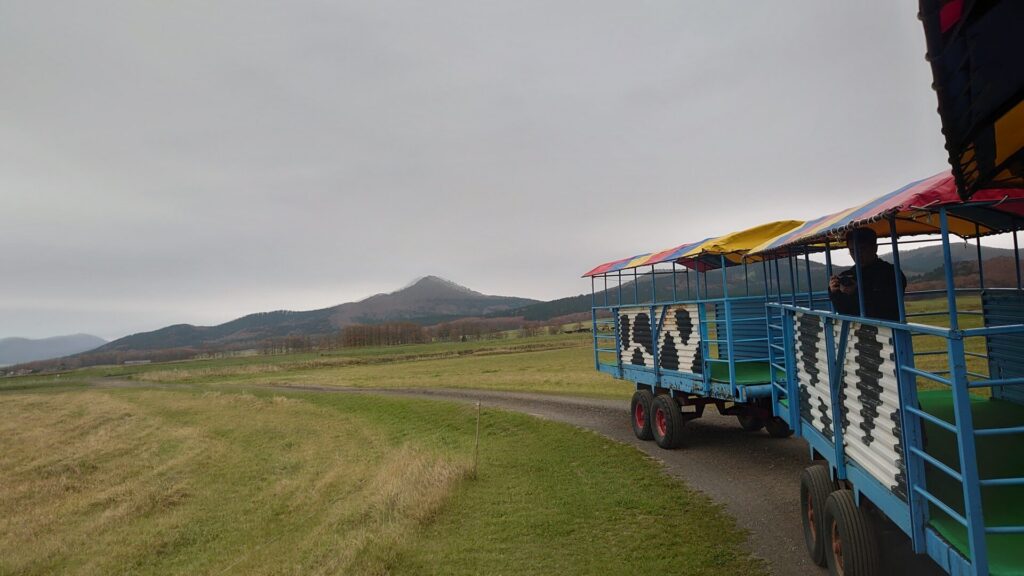
In addition to learning about cows and dairy farming, you can enjoy extra activities such as a milking experience, feeding the animals, and interacting with calves during the tour of Watanabe Experience Ranch.
(An additional fee of 3,000 yen per person applies for these activities.)
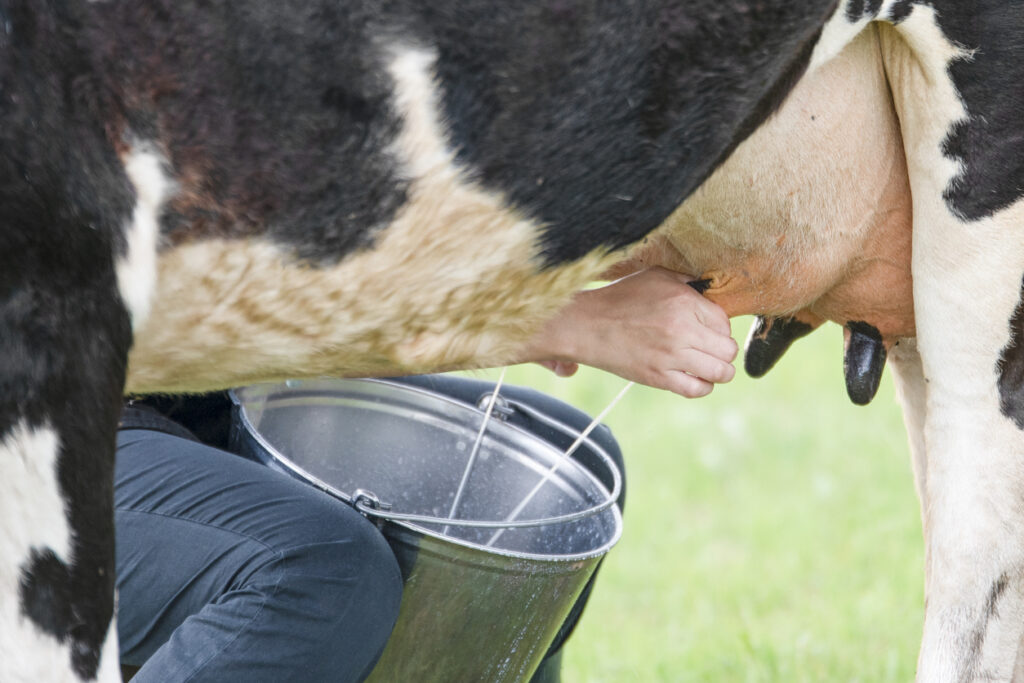
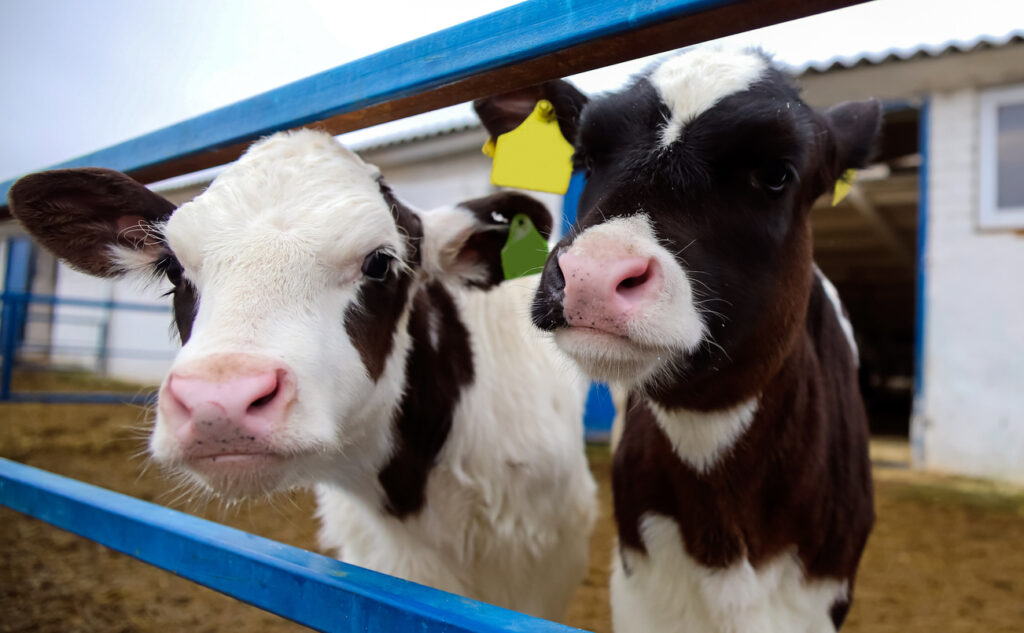
Additionally, there are optional experiences available, such as butter making and ice cream making. If you’re interested, please feel free to inquire for more details.
At the seats arranged around the grill, customers enjoy freshly grilled seafood while sipping on alcohol. This style of dining is called “robatayaki,” named after the tradition of eating by the hearth. As you relax and enjoy the atmosphere, you can gaze at the burning charcoal in front of you and savor fresh, locally sourced seafood and vegetables. It’s a leisurely experience, perfect for enjoying the natural flavors of the ingredients.
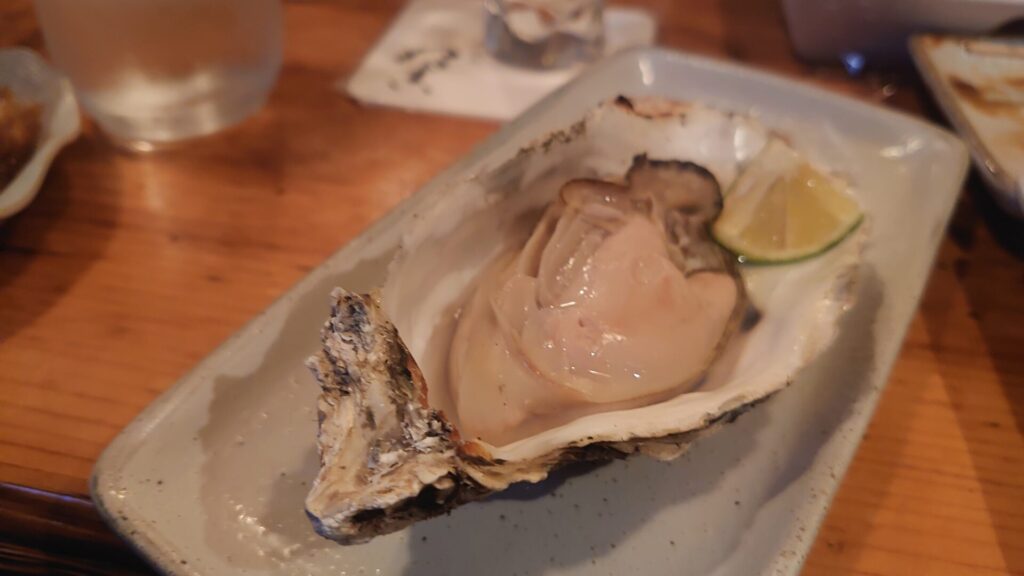
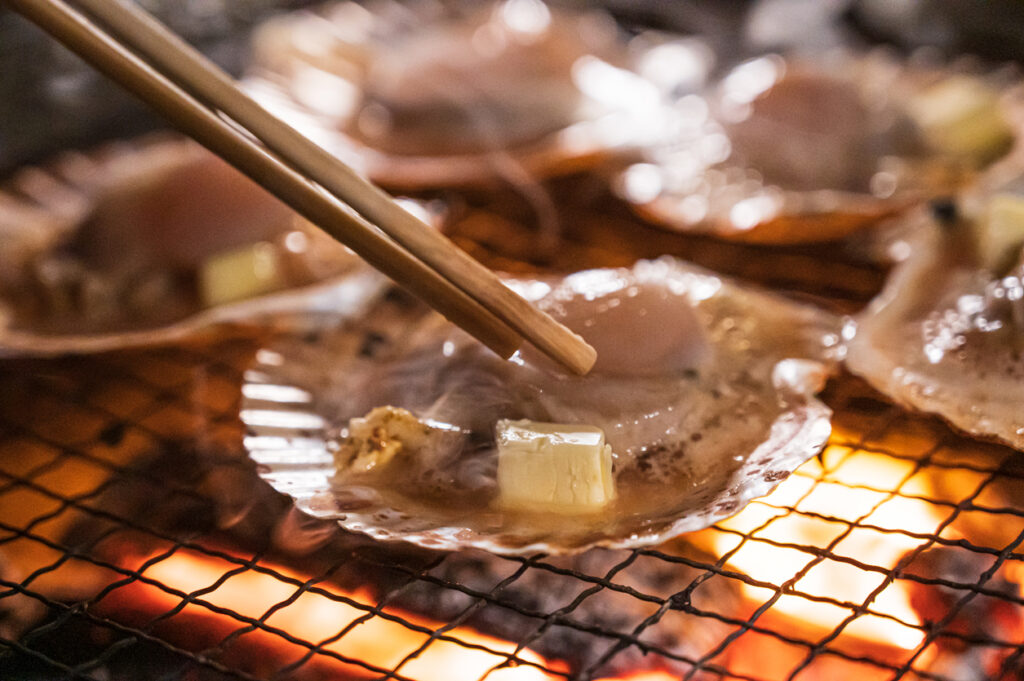
*) An additional fee of 10,000 yen per person applies.
Day4


As the name “Konbumori” originates from the Ainu words “Konp-Moi” (meaning “kelp” and “bay”), kelp fishing has been an important industry in this region. Due to the presence of fishing villages along the coastline, the area was designated as a landslide prevention forest and a fishery protection forest in 1922. In 1967, a fog protection forest was additionally designated. These forests have been preserved for many years to protect the livelihoods of the local residents and the fishing industry.

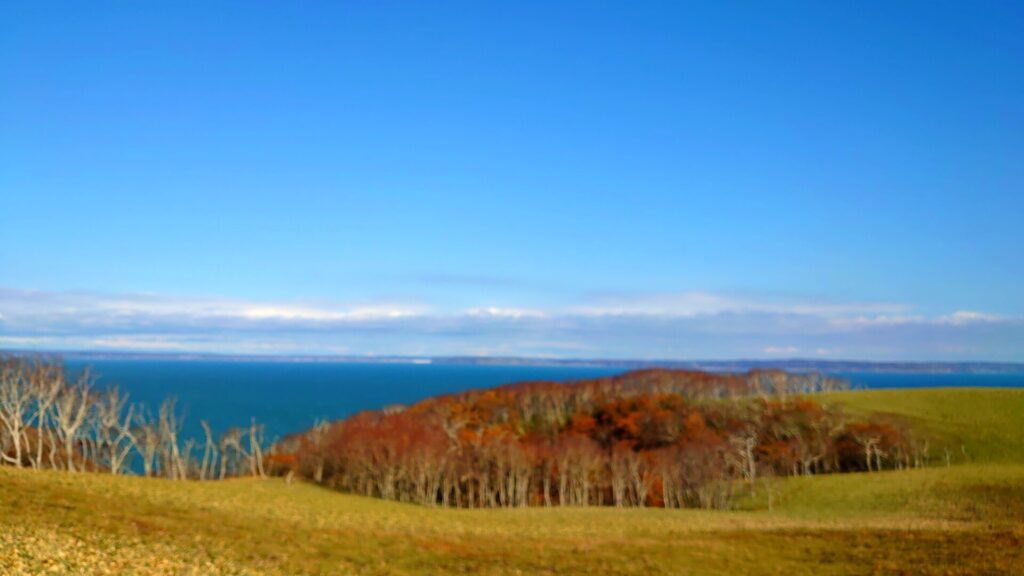
Shiribetsu Cape, located in Kushiro Town in Kushiro District, protrudes into the mouth of Akkeshi Bay. The name “Shirepa” in Ainu language means “cape with the head of the land sticking out,” and from this point, you can look out over the bay that was once frequented by the Kitamae ships.
During the tour, you will visit various notable locations, including Lake Abashiri, Cape Notoro Lighthouse, Mount Io, Sunayu (sand bath) on Lake Kussharo, and the First Observation Deck of Lake Mashu, where you can enjoy the majestic landscapes unique to Eastern Hokkaido.
From the cape, you can get a panoramic view of the Pacific Ocean and Akkeshi Bay, and with some luck, you might spot the distinctive deformed trees and, near the wave-splashed “Sailing Rock,” you may even see a harbor seal.
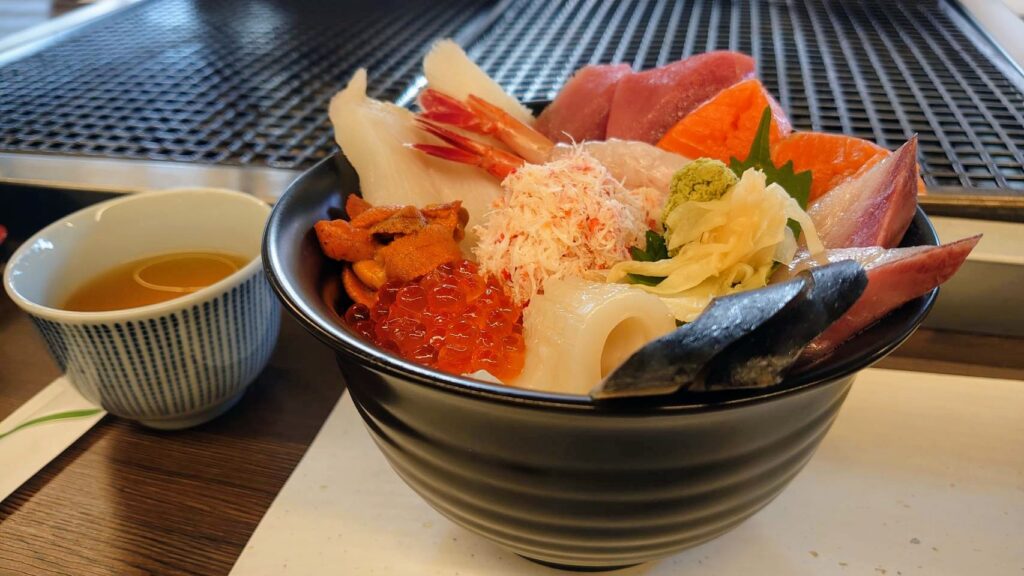
Tour Details
Number of Days
3 nights 4 days
Locally available Languages
Japanese/Chinese
Maximum/minimum number of participants
Minimum:15
Maximum:40
Guide Fee(Separate option fee)
For departures and arrivals at New Chitose Airport:
270,000yen per person
In the case of departure from Memanbetsu Airport and dissolution at Kushiro Airport:
220,000yen per person
If one person uses one room at the accommodation, an additional charge of 50,000 yen/person (no additional charge for shared rooms)
Accommodation fee, meal fee, transportation fee, entrance fee, viewing fee, service fee, consumption tax, bathing tax specified in the itinerary
- It will be held rain or shine. Part of the itinerary may be changed in the event of severe weather such as a warning or advisory being issued.
- Please wear clothes and shoes that are comfortable for walking.
A cancellation fee will be charged for cancellations and time changes. In the case of cancellation due to bad weather, there will be no cancellation fee.
| 10 to 8 days before reservation | 20% of the fee |
| 7 days to 2 days before reservation | 30% of the fee |
| The day before the trip | 40% of the fee |
| The day of the trip | 50% of the fee |
| Non-participation without notification on the day | 100% of the fee |
Guide for this tour
![[Guide Introduction] Wang Qi Heng](https://native-speaker-guide-tour.com/wp-content/uploads/2024/12/王啓蘅.jpg)
![[Guide Introduction] Guo Qian](https://native-speaker-guide-tour.com/wp-content/uploads/2024/12/郭倩_調整済.jpg)
How to apply
If you would like to apply for this tour, please use the button below to proceed to the inquiry form.

